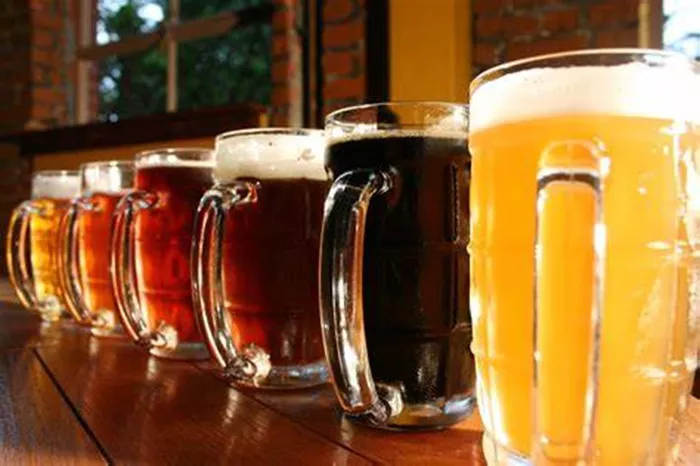Justin Brown, a 37-year-old father of two from Salt Lake City, Utah, first purchased nonalcoholic beer last winter after spotting a six-pack from Athletic Brewing Company on sale at a local grocery store. A longtime craft beer enthusiast and active lifestyle devotee, Brown was drawn to the beverage’s low calorie content—just 45 calories per can—and its minimal alcohol presence, less than 0.5% alcohol by volume.
While he still enjoys traditional craft beers, Brown said nonalcoholic alternatives have become a regular part of his routine. “As I move into my late 30s and look ahead to my 40s, my focus is increasingly on health, longevity, and being present for my children,” he said. Brown described the nonalcoholic beer trend as aligning with the millennial generation’s broader focus on wellness, fitness, and mindful consumption.
Brown is part of a growing consumer base fueling a global shift in beer preferences. According to data from beverage market analysis firm IWSR, nonalcoholic beer volume increased 9% in 2024, even as the overall global beverage alcohol market declined by 1%. At this rate, nonalcoholic beer is poised to surpass ale in global volume share, second only to lagers.
Despite making up just 2% of the global beer market, nonalcoholic beer has already overtaken wheat beers and stouts, each at 1%, according to IWSR. Lagers continue to dominate with 92% of the global beer volume.
The surge in nonalcoholic beer sales has been consistent since 2018, particularly in markets like the United States, Japan, and Germany. In the U.S., volume grew 175% between 2019 and 2024, propelling the country from the sixth to the third-largest market for nonalcoholic beer.
The trend’s momentum has prompted changes in academic circles as well. Glen Fox, Anheuser-Busch endowed professor of malting and brewing sciences at the University of California, Davis, introduced nonalcoholic beer to his curriculum this year. “We’re now brewing our own nonalcoholic beer for students to study the process firsthand,” Fox said. “The goal is to prepare future brewers with the knowledge they need as industry demand shifts.”
Health concerns are a key driver behind the growing popularity. In January, former U.S. Surgeon General Dr. Vivek Murthy issued an advisory highlighting the link between alcohol consumption and increased cancer risk. That same month, a survey by NCSolutions revealed that 49% of Americans planned to reduce their alcohol intake in 2025, up from 41% in 2024.
Nonalcoholic beer, with its near-zero alcohol content, is emerging as an appealing substitute. Dave Williams, vice president of analytics and insights at Bump Williams Consulting, noted that the product’s image has shifted significantly. Once considered an option only for individuals who could not drink alcohol, it now appeals to a broader demographic seeking moderation without sacrificing social experiences.
“The stigma around nonalcoholic beer has eroded,” Williams said. “Today’s consumers can still enjoy the ritual of beer—being part of the moment, part of the group—without the perceived downsides of alcohol.”
This versatility has widened its appeal. Unlike regular beer, nonalcoholic options can be consumed during work lunches or at alcohol-restricted venues, as demonstrated by Brown at a public pool with his children.
Product variety has also expanded, with brands like Heineken 0.0 and Corona Non-Alcoholic joining newer entrants such as Athletic Brewing Co., which debuted in 2018. Fox added that modern brewing techniques have significantly improved the taste of nonalcoholic beer, a far cry from the flavor-depleted offerings of previous decades.
“The technology we use today preserves flavor even without the alcohol,” Fox said. “There are now genuinely tasty, full-flavored nonalcoholic beers available.”
However, Fox cautioned that consumers should be mindful of how nonalcoholic beer is served. While alcohol acts as a preservative, its absence makes draft versions more vulnerable to spoilage if hygiene standards aren’t maintained. “If ordering on tap, ask how old the beer is and when the lines were last cleaned,” he advised. “Cans and bottles are typically the safer choice.”
As health consciousness and moderation continue to shape consumer behavior, the nonalcoholic beer sector appears set to expand its foothold in the global market.
You Might Be Interested In:


